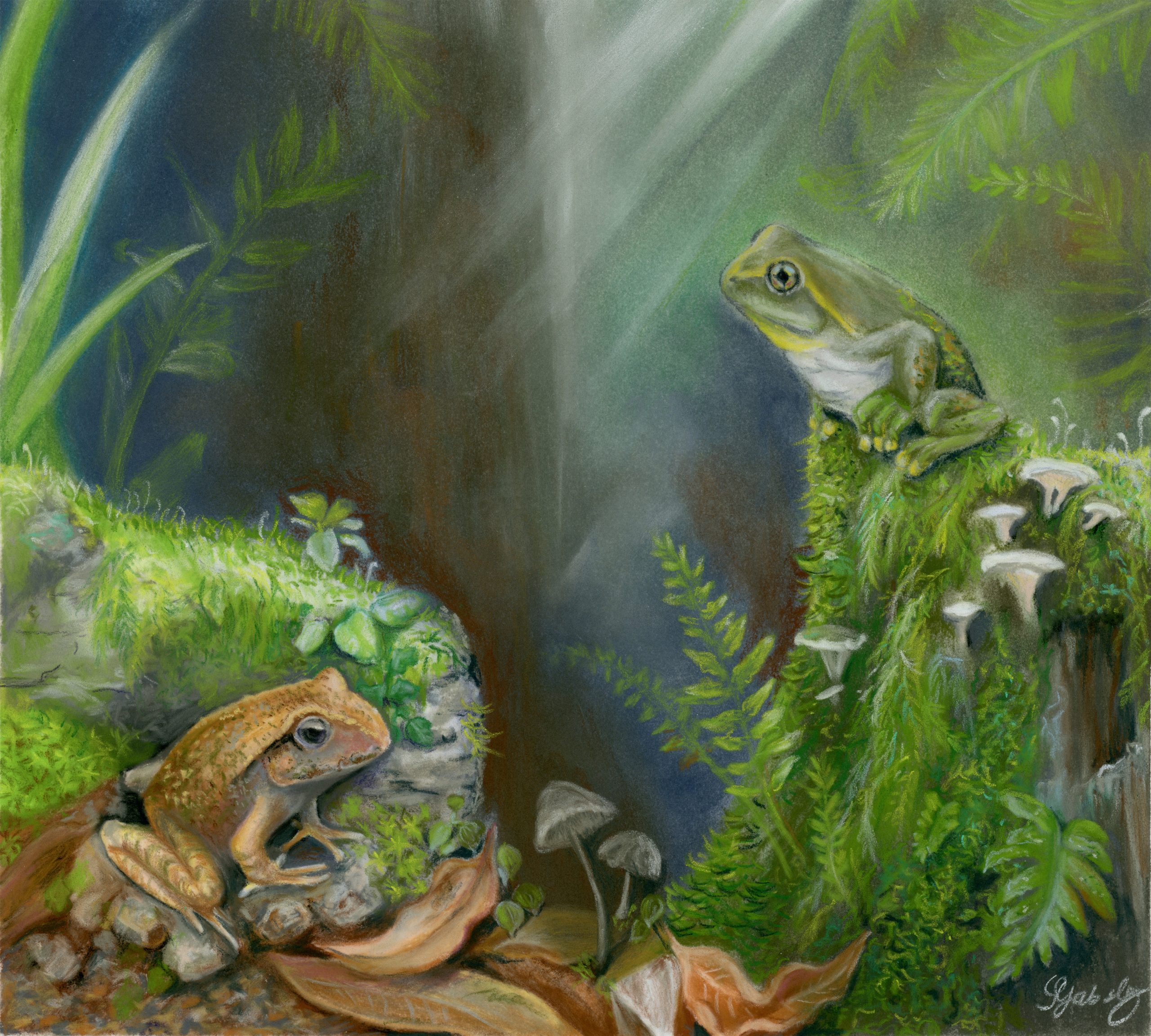Now Reading: Fossil Discovery Traces Ancient Frog Families Back 55 Million Years
-
01
Fossil Discovery Traces Ancient Frog Families Back 55 Million Years
Fossil Discovery Traces Ancient Frog Families Back 55 Million Years

Speedy Summary:
- Australia and South America were once part of the supercontinent Gondwana,home to tree frogs that eventually diverged into two families: Australian pelodryadid frogs and South American phyllomedusid frogs.
- A new study published in the Journal of Vertebrate Paleontology identified a new species, Litoria tylerantiqua, from 55 million years ago in Queensland, Australia.
- The revelation suggests these frog lineages split much earlier – at least 55 million years ago – contradicting prior estimates based on genetic studies (around 33 million years ago).
- Fossilized pelvic bones were used to identify Litoria tylerantiqua. CT scans of museum specimens helped compare skeletal structures without damaging rare pickled specimens.
- Led author Roy Farman emphasized the importance of fossil records for recalibrating evolutionary timelines traditionally derived from molecular studies.
- This newly discovered species is named in honor of Michael tyler, an influential figure in Australian frog research.
Image Source:
Three fossilized ilia (pelvic bones) represent the species Litoria tylerantiqua.(Image Credit: UNSW Sydney/Roy Farman)
Indian Opinion Analysis:
This discovery highlights how paleontological research can reshape evolutionary timelines by providing concrete fossil evidence against traditional genetic estimates. India’s past place within Gondwana connects it to these global discoveries about prehistoric biodiversity and ecosystem changes over millions of years. For Indian scientists studying paleoecology or climate evolution, findings like these underscore not only India’s ancient linkages but also offer collaborative opportunities for advancing understanding about regional variations within Gondwana.
Furthermore, India’s rich fossil sites may contain equally significant insights into early divergence events among different fauna during critical geological epochs like those studied here. Such research could complement global narratives while enhancing local scientific contributions to evolutionary biology.
























